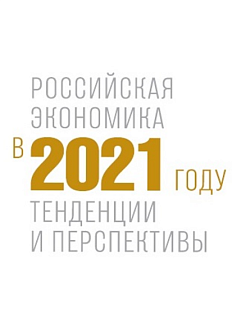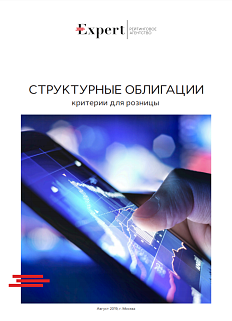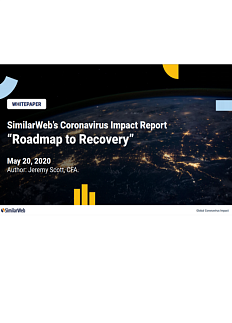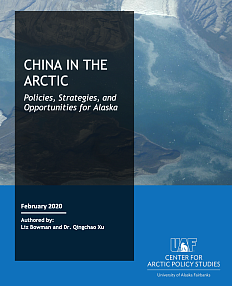On the whole, the Ministry of Economic Development assesses the results of 2018 as positive. According to the data by the Federal State Statistics Service of the Russian Federation (Rosstat), the GDP growth rate accelerated to 2.3% in 2018, compared to 1.6% in 2017. The growth rate exceeded both the projections of the Ministry based on real-time data and the market consensus forecast. Compared to the previous year, there was a growth in manufacturing (2.9% in 2018 against 2.1% in 2017) and processing industries (2.6% in 2018 against 2.5% in 2017). Production volumes in key non-commodity sectors such as food industry, chemicals, and wood processing, are also growing.
The contribution of Russian exports of goods and services to GDP growth is increasing. As regards non-commodity exports, volumes of exports of agricultural products, inorganic chemicals, and machinery continue to grow. This indicates a high competitiveness of domestic products on global markets. These positive tendencies are largely the result of the structural macroeconomic reforms carried out in recent years. The authors of the report note that the fundamental principles of macroeconomic policy, such as floating exchange rate, inflation targeting, fiscal rule and a related mechanism for transactions on the foreign exchange market, ensure the stability of key internal variables in unstable external economic conditions. Greater stability and a more predictable macroeconomic environment help the Ministry concentrate on middle-term development agenda.
The Ministry of Economic Development names accelerating the rate of economic growth to at least 3% annually as its main objective for the coming few years. Reaching this objective will not only let the Ministry achieve the tasks set in the May Decree of the President, i.e. to ensure economic growth rates exceeding international rates and take Russia into the top five largest economies by purchasing power parity, but also lay the foundation for achieving related socio-economic goals, such as technology modernization, increasing non-commodity exports, and raising the living standards of the population. To meet existing challenges, including low investment activity, stagnated growth of labor productivity, and increasingly unfavorable demographic trends, the Government has developed a number of national and federal projects, as well as other economic policies.
The Ministry has divided its objectives for the coming years into the following four main groups:
- The first and most important objective is to improve the quality of fixed investments and raise their volume to 25% of GDP. The task of increasing investment activity will require action in three main areas: creating favorable environment for a growth in private investments, stimulating investment in individual industry sectors via industry-specific measures, and effectively implementing investment projects with state participation.
- The second group of objectives is connected with raising labor productivity without extra investments. Important factors here will be an optimization of business processes, an improved system of professional retraining, and new production and management technologies introduced on a large scale.
- The third objective is to raise the economic activity of the population and increase labor force. In this area, the Government is planning to introduce a set of measures aimed at increasing healthy life expectancy, reducing working age mortality, and increasing economic activity.
- Finally, the fourth factor for accelerating economic growth is Russia’s increased involvement in the global economy (in particular in international trade). This requires a growth in exports of both goods and services which is planned to be achieved by raising the competitiveness of Russian products and, consequently, increasing Russia’s share in international trade.






